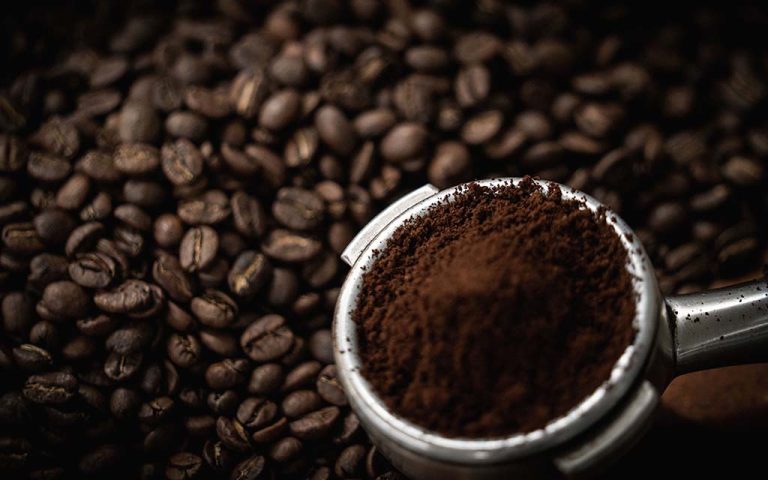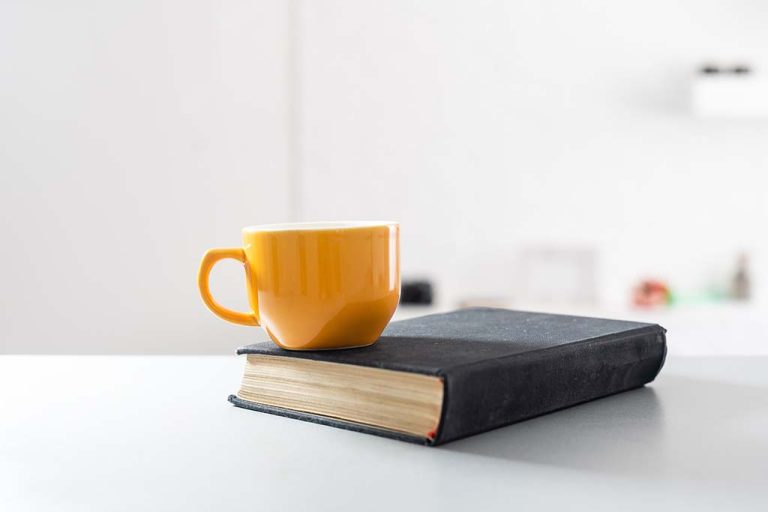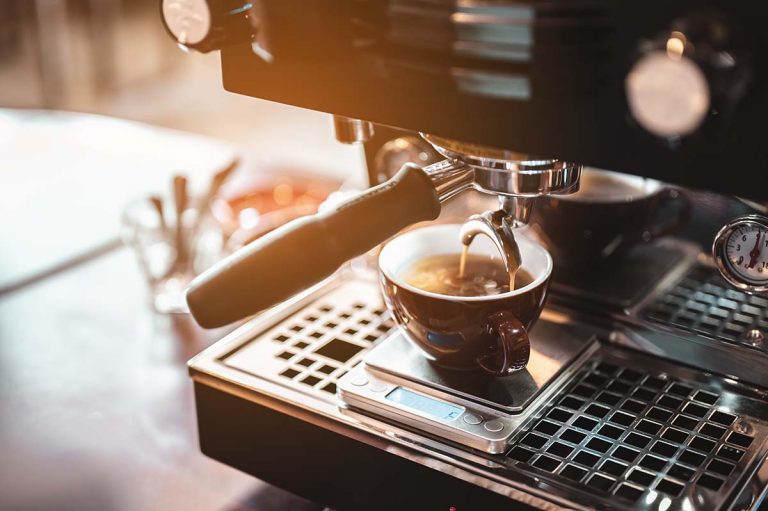Espresso versus Coffee: Drawing the Line
Espresso and coffee, both celebrated coffee beverages, distinctly vary in numerous aspects. Their fundamental distinction lies in their brewing techniques. Espresso emanates from a process where hot water courses through finely milled coffee beans under significant pressure, producing a concentrated, velvety shot that bursts with robust flavors.
On the other hand, coffee is birthed by allowing hot water to mingle with ground coffee beans. This interaction is comparatively milder, yielding a larger volume of coffee that’s more subdued in its flavor intensity.
One notable divergence between espresso and coffee is their caffeine content. Given espresso’s high-pressure preparation, its caffeine density is heightened. An espresso shot might pack between 80-100mg of caffeine, whereas a conventional coffee cup oscillates between 60-120mg.
Service presentation further differentiates these brews. Espressos are usually poured into petite, 2-3 oz cups, contrasting the more generous 8-12 oz portions reserved for regular coffee. Moreover, espressos frequently accompany milk or cream, whereas coffee can be relished plain, or embellished with milk and sugar.
In essence, while both espresso and coffee hail from the same bean, their crafting processes and caffeine concentrations set them apart. Espresso stands out as a potent, flavor-rich concoction, and coffee offers a more relaxed, subtly flavored experience. Both beverages, however, unfailingly delight the palates of coffee enthusiasts.







